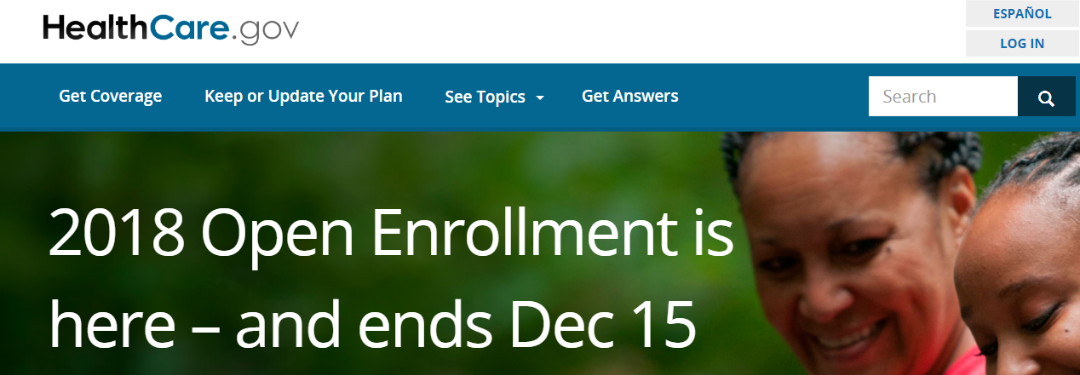It’s open enrollment season again for Americans who buy coverage on the Affordable Care Act’s health insurance exchanges. Reference librarians may expect many questions, confusion and anxiety – especially among those who may be using a health insurance exchange for the first time.
These marketplaces are intended for people who aren’t offered health benefits from their employers and aren’t enrolled in some other form of coverage, such as Medicare or Medicaid.
Despite the ongoing debate in Congress about whether to change or repeal the law and end insurer payments, it’s still the law, and it still comes with benefits and responsibilities.
In October 2017, President Trump announced he would no longer reimburse health insurance companies that provide cost-sharing reductions. But the law still requires insurers to reduce cost-sharing for eligible consumers. The insurance companies won’t get paid, but the subsidies aren’t going away. A bipartisan bill in Congress seeks to restore the payments.
Meanwhile, recent analysis by healthcare consulting firm Avalere Health asserts that most counties will have free 2018 exchange plans for low-income enrollees. While availability of free subsidized options decreases for individuals with higher incomes, 2018 will still see affordable plans and free subsidized options. Wisconsin is one of several states with a higher number of available subsidized free products at Healthcare.gov for older low income individuals.
Fast Facts
More information and links are available at the WVLS Affordable Care Act web page.
- Wisconsin is one of 39 states using the federally run health insurance exchanges accessed via HealthCare.gov
- Open enrollment begins Nov. 1 and ends Dec. 15.
- Wisconsin residents must enroll before the end of that six-week period.
- 2017 enrollees start here: Renew, change, or update your health plan for 2018 at HealthCare.gov
- Consumers who can’t access the internet or don’t want to enroll online can do so by phone by calling (800) 318-2596.
- In Wisconsin, assistance is being scaled back, but remains available. People wanting help can call 211 or go to www.coveringwi.org Consumers can also find someone nearby to help them apply at https://localhelp.healthcare.gov/#/
- COVERING WISCONSIN connects Wisconsin residents with appropriate insurance coverage and other programs that support health, and to promote effective use of these programs.
- The Affordable Care Act requires most U.S. residents to obtain some form of health coverage or face a penalty next time they file their income taxes. The fine doesn’t apply if you were uninsured for two months or less.
- Some consumers qualify for health care exemptions detailed here.
- People who sign up for coverage can count on the plans lasting all of 2018. (See full Wisconsin State Journal article below for more background and details to the current status of the Affordable Care Act in Wisconsin.)
According to the October 27, 2017 Wisconsin State Journal:
Premiums for individual coverage at healthcare.gov will increase an average of 36 percent in Wisconsin next year. But tax credits received by about 81 percent of the 240,000 or so residents who buy such insurance are going up accordingly.
“It’s very important for people to log in to healthcare.gov, see what your plan choices are for 2018, and what they cost, and make the choice that’s best for you,” said Karen Pollitz, a senior fellow at the Kaiser Family Foundation.
“Virtually everywhere, the premium tax credit will absorb the rate increase for people who are eligible for tax credits,” Pollitz said.
In Wisconsin, assistance is being scaled back but remains available, said Donna Friedsam, director of Covering Wisconsin. People wanting help can call 211 or go to www.coveringwi.org.
Submitted by Kris Adams Wendt.

